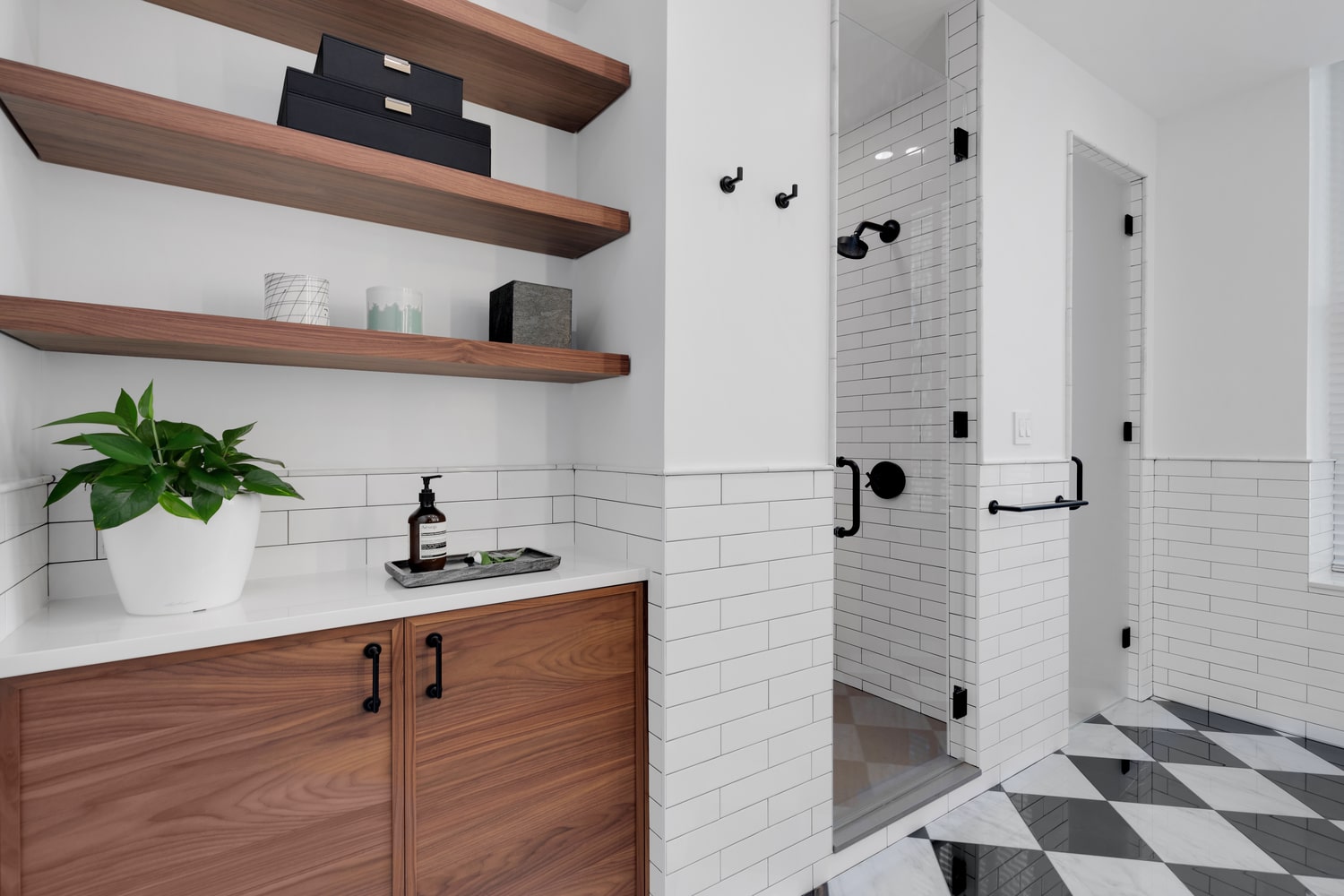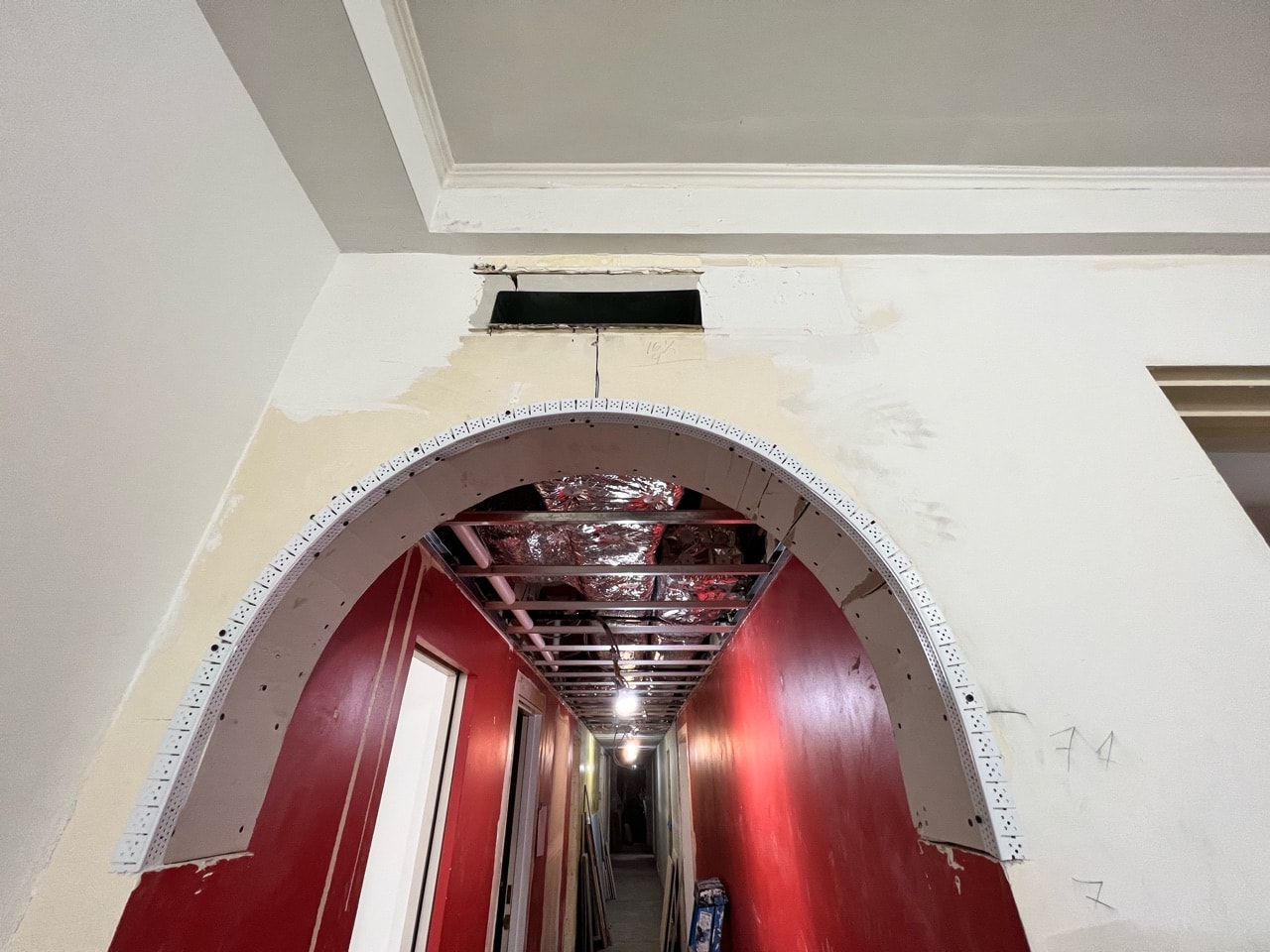The Pros and Cons of Design-Build vs. Architectural Firms
When it comes to renovating apartments in New York, two common routes are architects and design-build firms. Find out the pros, cons, and service breakdown of each approach.
February 2, 2025
|
.jpg)
The Pros and Cons of Design-Build vs. Architectural Firms
Two common renovation routes in NYC are design-build and architectural firms. Find out the pros and cons of each and why design-build may be the best approach for your project.
Table of contents
- Pros of a Full Service Design-Build Firm Over An Architect
- Drawbacks of Architectural Firms
- Who is Design-Build Best Suited For?
- What Types Of Projects Are Architects Best Suited For?
- Design-Build Vs Architectural Firms: The Choice Comes Down To One Thing
As home renovation requirements in New York City evolve, so do the approaches to managing these complex projects. The traditional model of hiring separate architects and contractors is giving way to a more streamlined alternative: design-build. This innovative approach integrates interior design, architectural services, board approvals and permitting, material selection and procurement, plus construction and site management services all under one roof, offering clients a more efficient, cost-effective, and collaborative solution for their NYC renovation projects while maintaining a high standard of design and execution.
Below we discuss the pros and cons of hiring a design build firm vs an architect for your NYC renovation along with which approach is best suited for your project.
MIN.jpg)
[#Pros-Of-Design-Build]Pros of a Full Service Design-Build Firm Over An Architect[#Pros-Of-Design-Build]
Seamless Collaboration
One of the primary advantages of the design-build model is the seamless collaboration between designers, builders, and project managers within the same team. Unlike the traditional method, where architects and contractors may operate independently, design-build fosters a unified approach from the project's inception to completion. This collaboration reduces the risk of miscommunication, conflicting priorities, and project delays, resulting in a more cohesive and efficient renovation process.
Time Efficiency
In NYC’s mile-a-minute environment, time is of the essence. Design-build firms excel at expediting the renovation timeline by eliminating the need for extensive back-and-forth between separate design and construction teams. The integrated approach allows for concurrent design and construction phases, significantly reducing the overall project duration. For individuals with tight schedules or those looking to minimize disruption to their daily lives, design-build is a compelling solution for their NYC renovation.
Cost Savings
The traditional architect model often involves separate contracts, fees, and negotiations with architects and contractors, potentially leading to unexpected costs. Design-build simplifies the financial aspect by consolidating these services into one contract. This integrated approach not only provides clarity on costs but also reduces the risk of budget overruns due to miscommunication or unforeseen issues. Clients can have greater control over their budget and allocate resources more efficiently.
Single Point of Accountability
With design-build, there is a single point of accountability throughout the entire project. Homeowners no longer need to mediate between different parties or resolve disputes between architects and contractors. The design-build team takes responsibility for both the design and construction aspects, ensuring a smoother process and allowing homeowners to focus on their vision without getting caught in the middle of potential conflicts.
Flexibility and Adaptability
In the dynamic landscape of NYC, renovations may require flexibility and adaptability to navigate regulatory changes or unforeseen challenges. Design-build firms are equipped to handle these shifts seamlessly, adjusting the project plan as needed. The integrated team can make real-time decisions, ensuring that the project stays on track and meets the evolving clients needs.
MIN.jpg)
[#drawbacks]Drawbacks of Architectural Firms[#drawbacks]
Increased Costs
Architects can bring valuable skills to the table, but their services often come with a significant price tag (think upwards of 20% or more of a renovation budget). In New York City, where the cost of living and doing business is high, architects may charge premium fees that can substantially inflate your renovation budget without the additional benefit and services you can obtain from a seasoned design-build team.
Time Constraints
Architects play a crucial role in the design and planning phases of a project, but their involvement can extend the timeline significantly. For Architectural firms that charge hourly, the incentives to plan a project in a timely fashion are not there. Design-build firms like Gallery that incorporate architects into their service are able to design a project and obtain approvals in more reasonable time frames. For time-sensitive renovations, opting for a more streamlined approach might be preferable.
Other Financial Considerations
Prospective Returns: Architects typically charge fees based on a percentage of the overall project cost. With sub-$1M renovations, the professional fees may not align with the effort and time architects invest. This financial misalignment can be a significant factor in their reluctance to take on projects with sub $1M renovation budgets.
Separate Contracts
Working with an architectural firm and a separate construction team means managing separate contracts. This can lead to potential communication gaps, conflicting priorities, and a longer overall project timeline. Furthermore, the separation of design and construction teams can and oftentimes results in miscommunication, potentially leading to discrepancies between the intended design and the final construction.

[#Who-Is-Design-Build]Who is Design-Build Best Suited For?[#Who-Is-Design-Build]
Those Seeking Efficiency
Time Savings: Design-build streamlines the construction process by overlapping the design and construction phases. This can result in a quicker project completion compared to the traditional architect driven (aka design-bid-build) approach.
Those with Limited Construction Knowledge
Simplified Decision-Making: For individuals who may not have extensive knowledge of construction processes, design-build offers a more straightforward decision-making process. With a single point of contact, homeowners can navigate the project without the complexity of coordinating between separate designers and contractors.
Projects with Defined Budgets
Cost Control: Design-build can be beneficial for projects with well-defined budgets. The integrated approach allows for better cost control and transparency, reducing the risk of unexpected expenses that can arise from miscommunication between designers and contractors.
Complex or Customized Projects
Streamlined Communication: For projects with intricate designs or customization requirements, design-build fosters seamless communication between the design and construction teams. This can result in a more cohesive execution of complex ideas.
Individuals Seeking Accountability
Single Point of Accountability: Design-build provides a single point of accountability for the entire project. Homeowners don't need to mediate between separate entities, reducing the risk of conflicts and ensuring that responsibilities are clearly defined.
Those Wanting a Collaborative Approach
Collaboration: Design-build encourages collaboration between designers and builders from the project's inception. This collaborative environment can lead to innovative solutions, as both teams work together to address challenges and refine the design as needed.
Time-Sensitive Projects
Expedited Timelines: Design-build can be beneficial for projects with tight deadlines, such as commercial ventures or renovations needed to accommodate a specific event. The streamlined process can expedite construction timelines.
Clients Preferring a Turnkey Solution
Convenience: For individuals who prefer a turnkey solution, where the design and construction aspects are seamlessly integrated, design-build firms provide a convenient and comprehensive service.
Projects in Regulated Environments
Navigating Regulations: In areas with stringent co-op and condo board regulations along with having to navigate building codes, design-build firms are often experienced in navigating the necessary permits and approvals, streamlining the regulatory process.
.jpg)
[#Types-Of-Projects]What Types Of Projects Are Architects Best Suited For?[#Types-Of-Projects]
Homeowners with Ultra High-End Design Aspirations
Uber Customization: Architects are ideal for clients who have unique and ultra high-end design aspirations (Think $1-2M+ design budgets). Architects can bring creative and innovative solutions to the table, tailoring designs to individual preferences. Although some higher end design-build firms (think Gallery) employ professional design teams with extensive experience in luxury builds.
Historical or Preservation Project
Preservation Expertise: Architects with expertise in historical preservation are essential for projects involving historic buildings. They can navigate the challenges of preserving the original character while meeting modern safety and functionality standards.
Commercial and Institutional Projects
Complex Projects: Architects are often preferred for complex commercial or institutional projects, such as offices, museums, or educational facilities, where functionality, aesthetics, and spatial design are critical.
Projects with a Significant Budget (Think $850+/sq foot)
Investment in Design: Clients with larger budgets who view their construction or renovation project as a substantial investment often engage architects. Architects can add significant value to high-budget projects through sophisticated designs and attention to detail.
Insider Tip: Most design work produced in architectural offices are done by designers employed by the architect and not by the actual architect. Some well regarded design-build firms, such as Gallery, employ professionally trained design teams with prior stints at renowned architectural firms and interior design studios
Sustainable or Green Building Projects
Environmental Expertise: Architects with expertise in sustainable design are essential for clients prioritizing eco-friendly and energy-efficient construction. They can incorporate green building practices and technologies into the design.
[#Choice-Comes-Down-To]DESIGN-BUILD VS ARCHITECTURAL FIRMS: THE CHOICE COMES DOWN TO HOW MUCH EFFORT YOU WANT TO PUT INto Your Renovation[#Choice-Comes-Down-To]
If an apartment renovation in New York City is in your sights, consider your options. An architectural firm is the traditional approach when making major updates, but your renovation may actually be much better suited for the full-service approach a design-build firm offers. When you work with Gallery, know your project will benefit from our years of expertise designing and renovating apartments in New York City, from brownstones and townhomes to co-ops and condos to lofts and pre-war apartments – end to end, start to finish. Ready to renovate? Learn more about Gallery or contact us today to see why our full-service approach makes most sense when choosing a home renovation contractor in Manhattan or Brooklyn.

.png)
.png)



%20Gallery%20KBNY.JPG)

.jpg)

%20(2).jpg)


.jpg)
%20Gallery%20KBNY.JPG)


